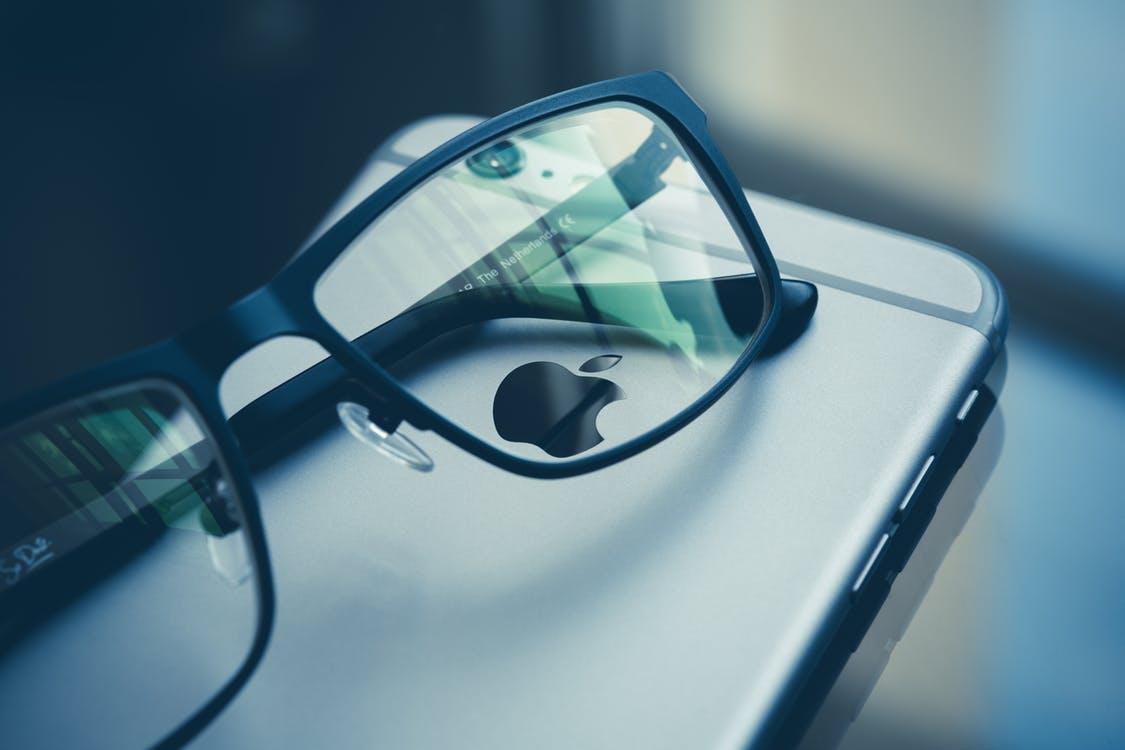Your Tech Obsession Could Be Damaging Your Eyes In Major Ways

Pexels
Real talk: the vast majority of us spend way too much time with mobile technology. Be it our smartphones, our laptops or our tablets, we always seem to be staring at a screen in some form or another, and research is suggesting that this constant connection could be wreaking havoc on our eye health.
Having tired, sore, irritated eyes or blurry vision frequently after a long day at the office is not normal. The symptoms could indicate that you’re dealing with digital eye strain, also referred to as computer vision syndrome. It occurs simply when you spend extended periods of time looking at screened devices, but even just two hours on your phone or computer can lead to unpleasant effects like headaches, dry eyes, and neck and shoulder pain.
Basically, looking at screens makes your eyes work harder. Pixels on a screen are less sharp than words on a book page, so more eye focus and movement is necessary to take in the information you see on a phone or computer. Pair this constant additional effort with a pre-existing vision problem (from nearsightedness to cataracts) and you’re making those optical muscles work overtime a lot.

Pexels
While most of the symptoms of digital eye strain are temporary and fade once we look away from our screens, some people notice that things like blurred vision stick around longer than they’d like. And if they don’t address these issues by seeking medical help or changing their habits, the symptoms can reoccur and worsen over time.
Almost a third of Americans and more than two-thirds of millennials specifically, experience eye strain, according to The Vision Council. Meanwhile, more than half of people also use two screened devices simultaneously each day. SMH.
Luckily, we are entirely capable of reducing these symptoms for ourselves (and often without seeking medical attention).
First, set up all of your screened devices with non-glare screen covers, and if they’re stationary like a desktop computer, adjust the angle of the screen in your office to account for room lighting, natural light shifting throughout the day and the way you sit in your desk chair. And speaking of sitting, your chair should be comfortably padded and hold your spine in an upright position as your feet remain flat on the floor. The height of your chair should make it so that your wrists don’t touch your keyboard as you type.
Next, prioritize taking optic resting breaks and use the 20-20-20 rule. Every 20 minutes, take 20 seconds to look out at an object 20 feet away from you, helping to reset your eyes from screen time. It might sound a little strange, but it really works.
And if you aren’t seeing your ophthalmologist once a year for a checkup, it’s time to make that appointment a part of your standard health routine. Because with how often we abuse our eyes these days, they’re probably the part of the body that needs extra TLC the most.











